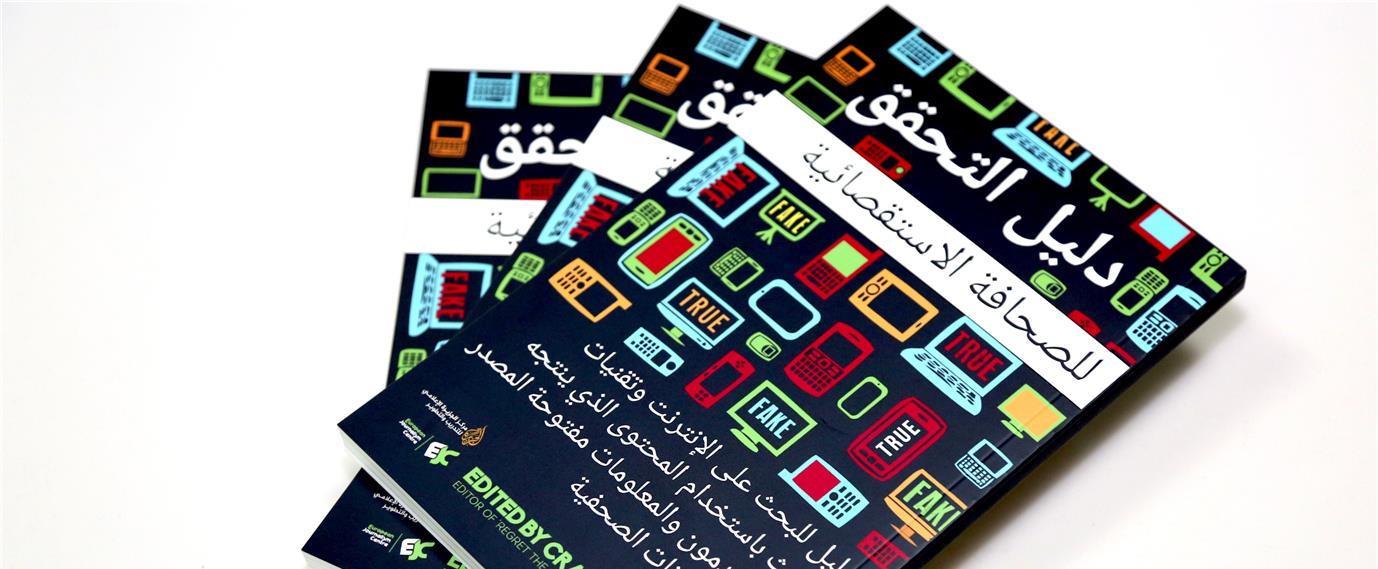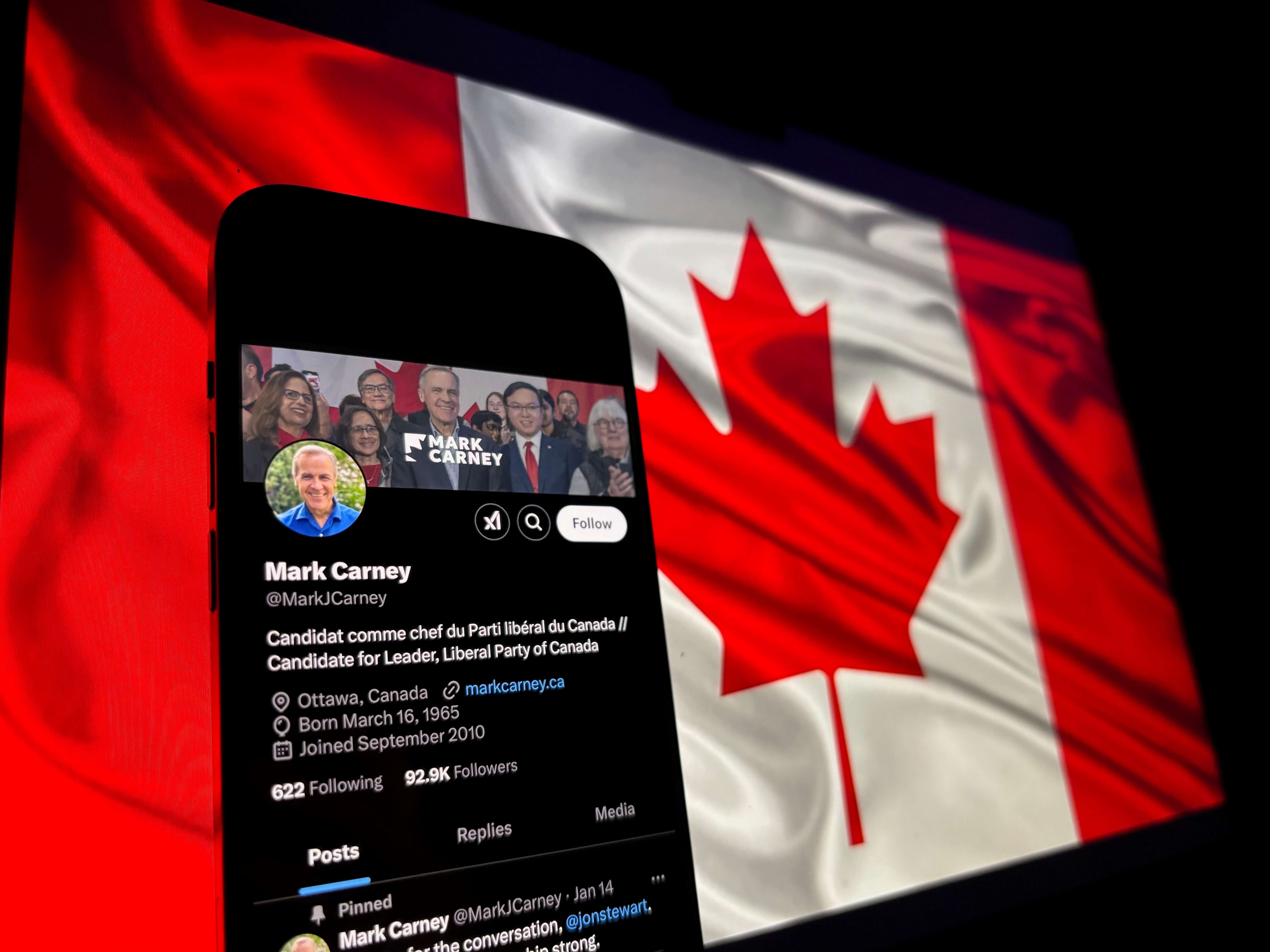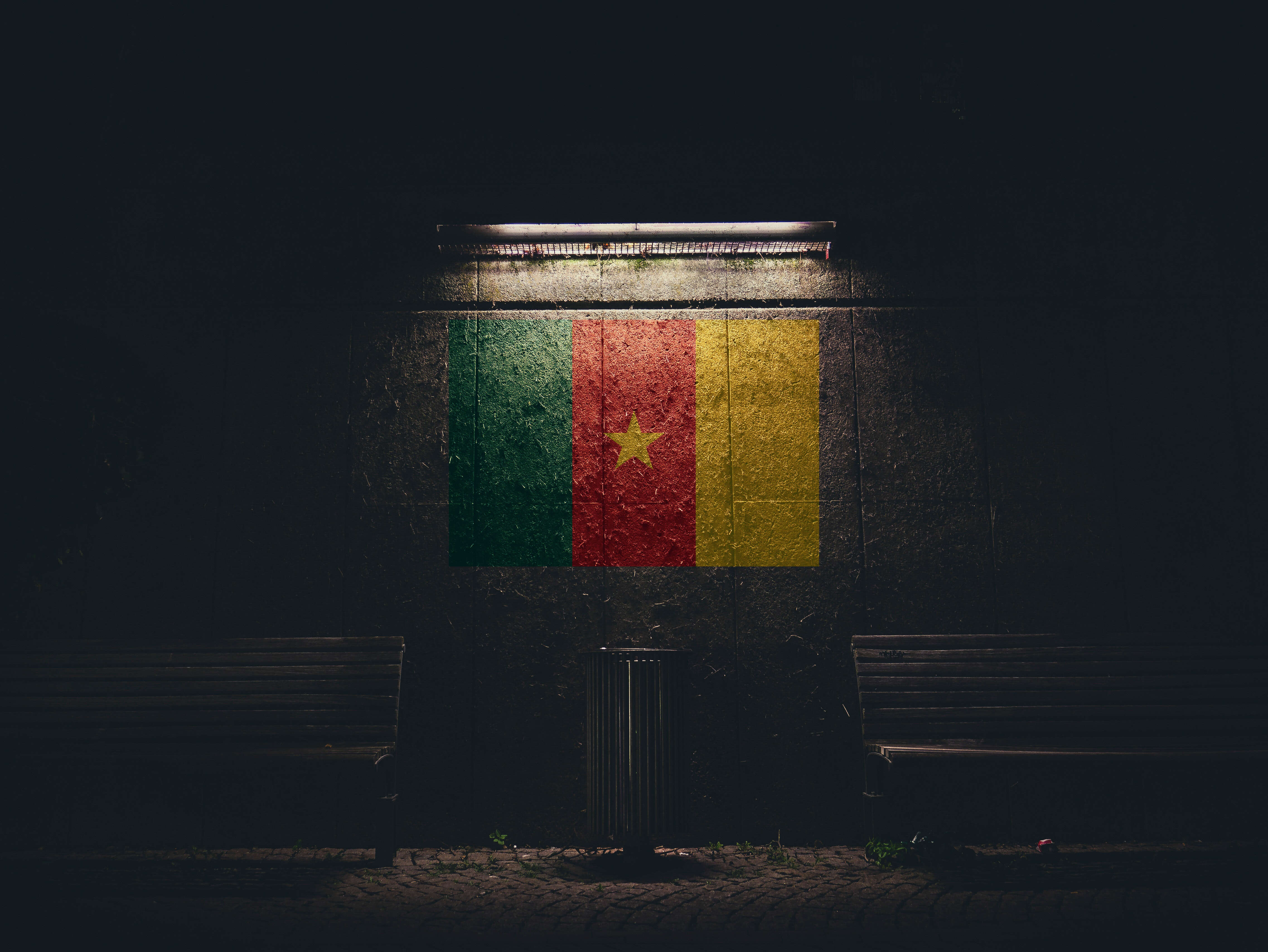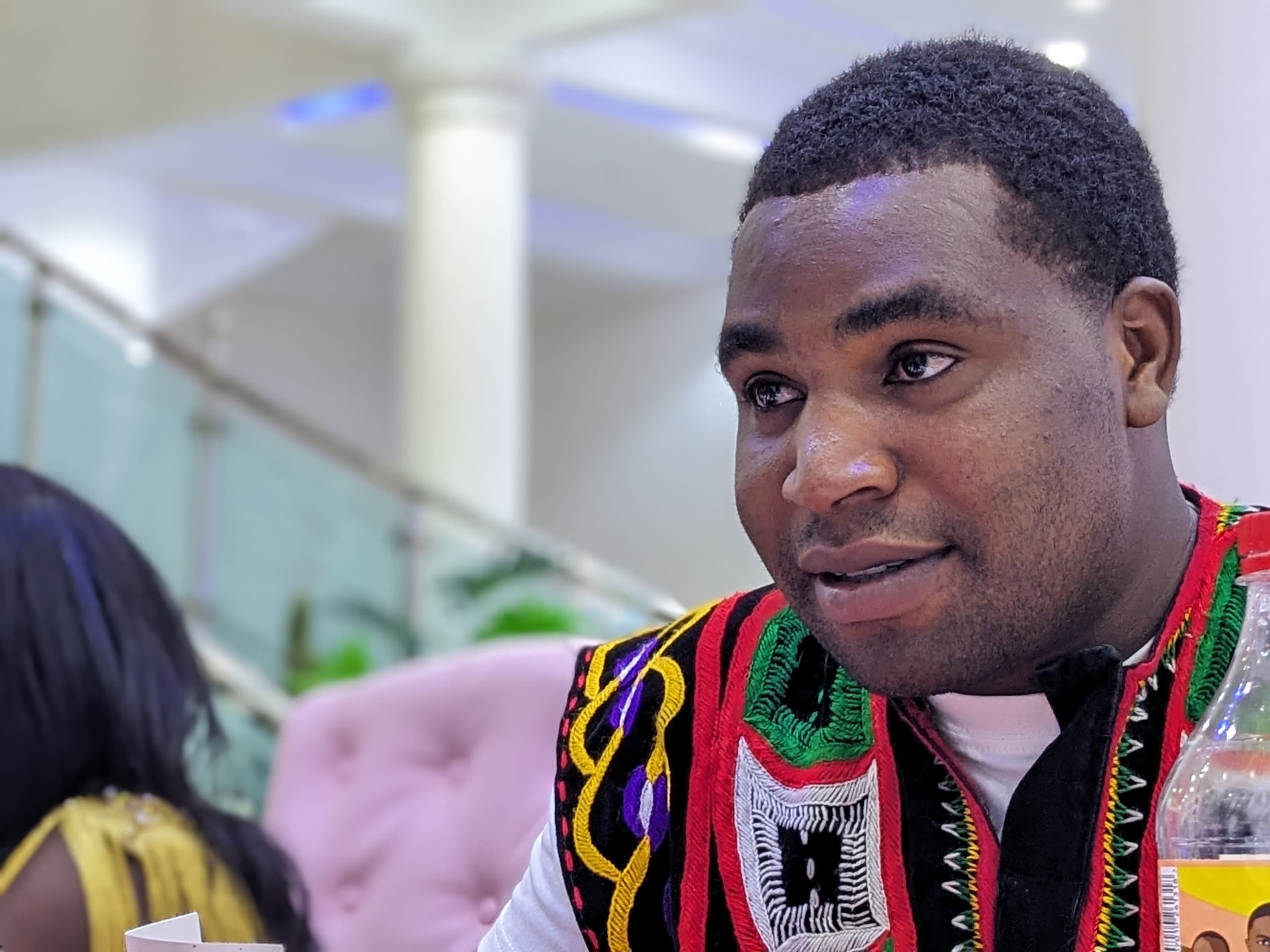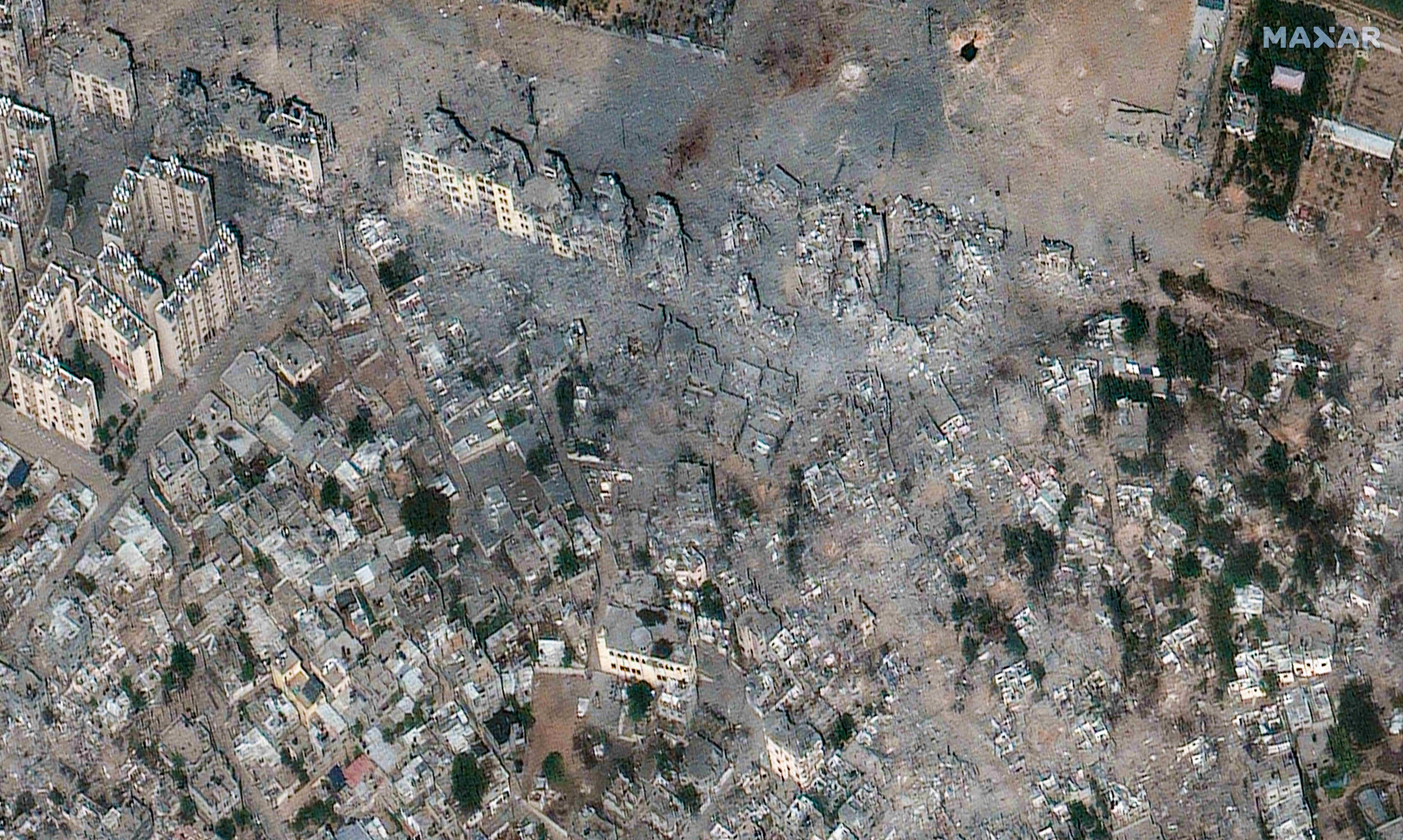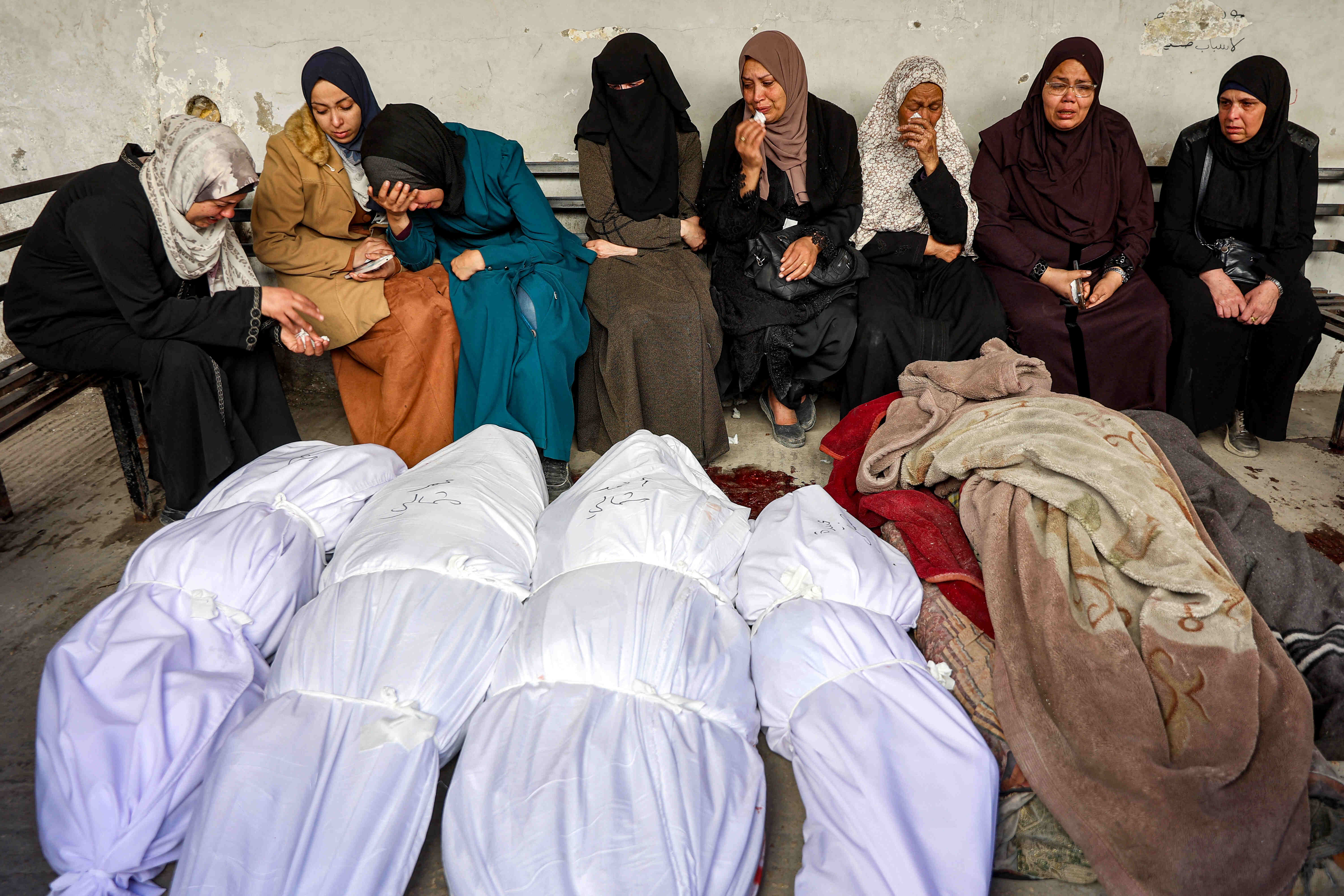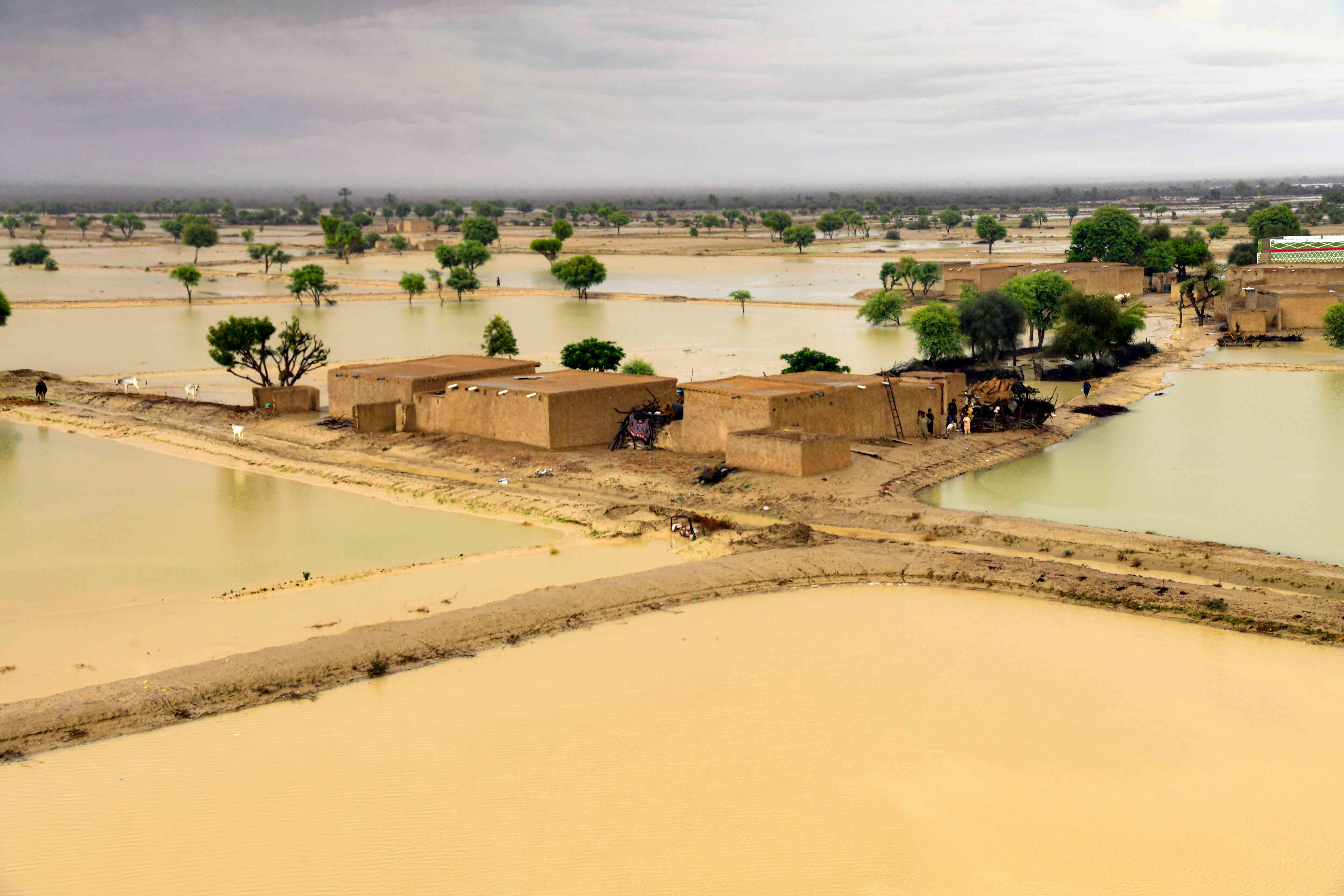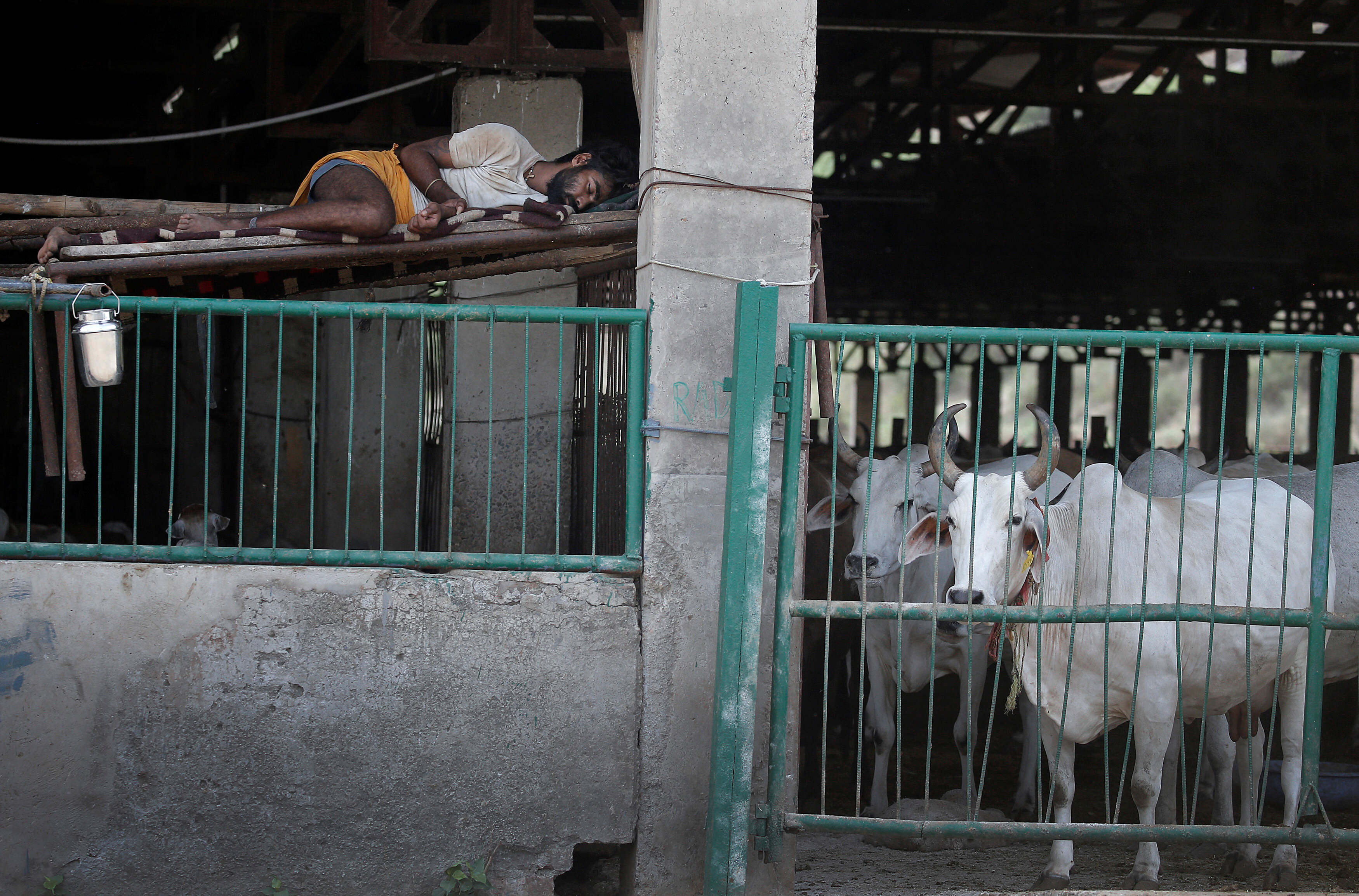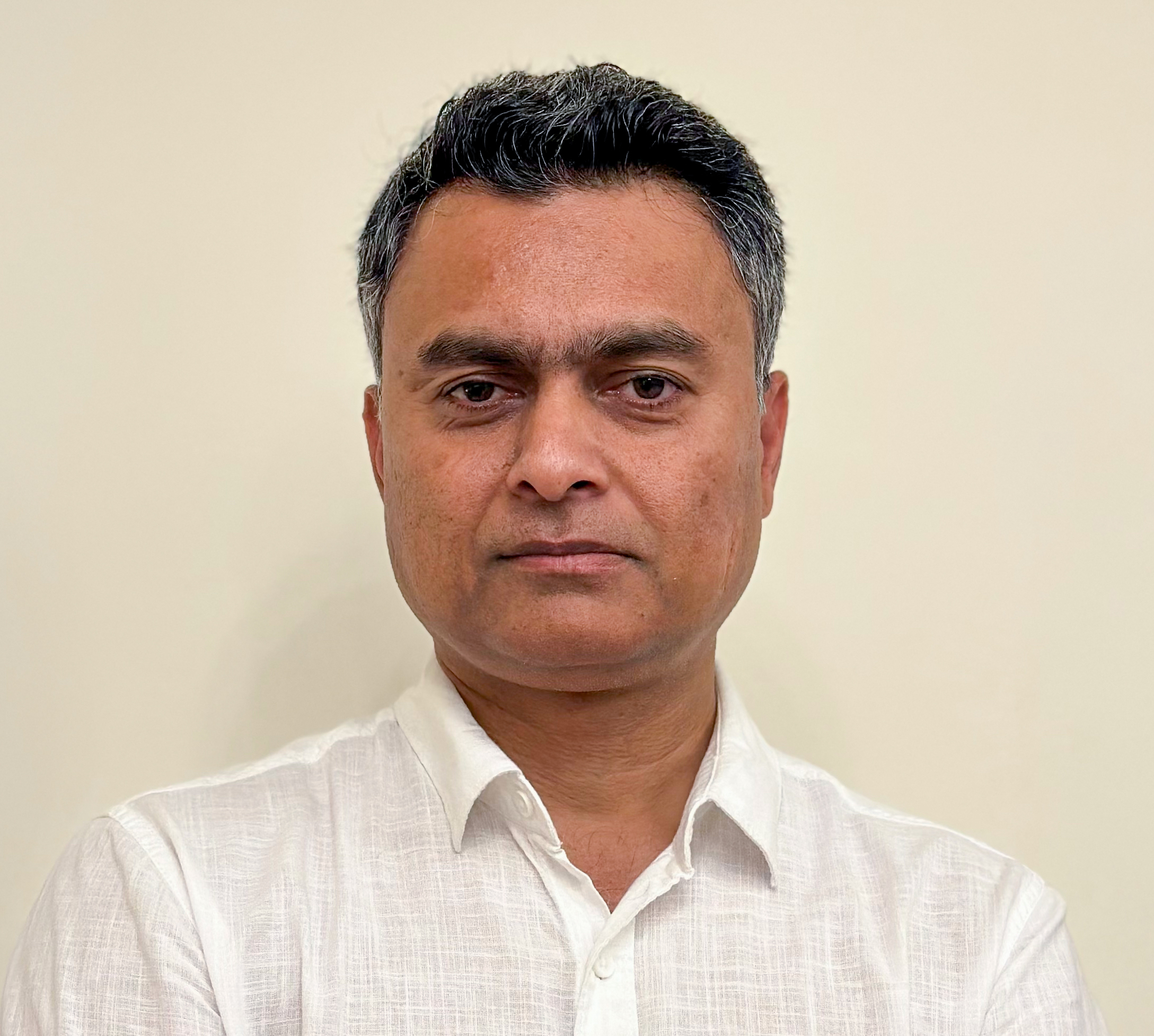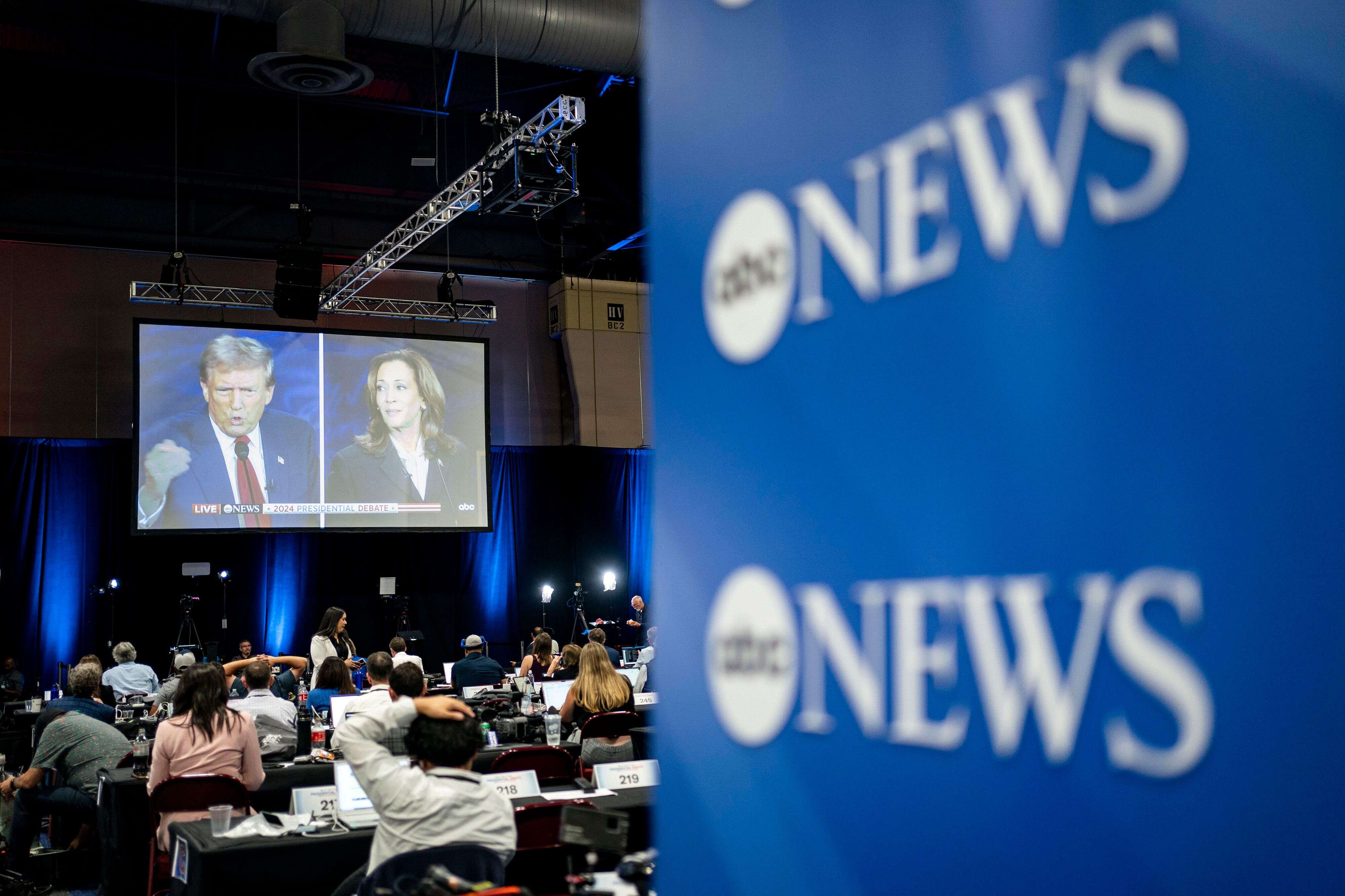يقترب عمل الصحفيين الاستقصائيين من عمل المحققين البوليسيين في سعيهم للبحث عن الأدلة والبراهين خلال عملهم. ومما لا شك فيه أن عقبات كثيرة كانت تقف أمام الصحفيين خلال العمل وخصوصا في ظل صعوبة الحصول على الأدلة.
كان العمل الاستقصائي يقوم على البحث الميداني ونبش الوثائق باستخدام الوسائل التقليدية، أما اليوم في عصر المعلومات السريعة والمنصات الرقمية باتت العديد من المصادر متوفرة لا سيما على مواقع التواصل الاجتماعي التي تغص بالعديد من الأخبار والصور ومقاطع الفيديو.
لكن وفرة هذه المصادر جعلت مهمة الصحفي صعبة في التحقق والثبت من صحة هذه المصادر من جهة، ومواجهة التدفق الهائل من المعلومات الذي يفوق قدرة الصحفي أحيانا على الربط والتحليل للوصول إلى نتائج مقنعة، من جهة أخرى.
ومع وجود هذه التحديات التي فرضت نفسها على ساحة العمل الصحفي، سعى مركز الجزيرة الإعلامي للتدريب والتطوير إلى توفير ما يمكن أن يساعد الصحفي الاستقصائي العربي في عمله، فكان ترجمة "دليل التحقق للصحافة الاستقصائية" للعربية بالتعاون مع مركز الصحافة الأوروبي خطوة مهمة في هذا الطريق.
وجاء في مقدمة الدليل المتاح رقميا على موقع المركز: "قد تبدو الأساليب التقليدية في الصحافة الاستقصائية أكثر نجاعة في كشف الحقائق المستعصية، لكن في هذا الكتاب سيتعرف الصحفي على معلومات وأساليب مهمة في كيفية الاستفادة من المصادر المفتوحة والمحتوى الذي ينتجه المستخدمون في الصحافة الاستقصائية". ويهدف الكتاب لتوفير "معرفة جديدة للصحفي العربي تمكنه من بناء منهجية سليمة لاستخدام المصادر المفتوحة في الصحافة الاستقصائية".
جاء هذا الدليل ضمن مشاريع مركز الجزيرة للتدريب لإنتاج محتوى عربي خاص بالصحفيين لاسيما في مجال الصحافة الرقمية. وتم اختيار هذا الكتاب بالنظر إلى دور "المحتوى الذي ينتجه المستخدمون" في مدّ الصحفي بالأخبار المهمة رغم احتوائها في كثير من الأحيان على أخبار مغلوطة أو مفبركة.
حرَّر الدليل كريغ سيلفرمان، مؤسس موقع "Emergent" الذي يتابع الشائعات فور وقوعها، والخبير في مجال أخطاء وسائل الإعلام ودقتها، ورينا تسوباكي التي تتولى قيادة وإدارة مبادرتي دليل التحقق وصحافة الطوارئ في المركز الأوروبي للصحافة بهولندا. وحرر الطبعة العربية منتصر مرعي وهاني يارد الصحفيان في شبكة الجزيرة الإعلامية.
تغيير قواعد اللعبة
يُشير ميكا كلارك، مدير المهام في مؤسسة SecDev الخاصة بالاستخبارات وموفر للأمان الإنترنتي إلى ما يمكن أن يُدعى "تغيير قواعد اللعبة"، وذلك بفضل الهواتف المحمولة التي باتت تنشر صورا من موقع الحدث، كما حدث في قضية قتل جندي كندي بسيارة عمدا، حيث استخدم تنظيم الدولة الصورة التي انتشرت أولا على مواقع التواصل الاجتماعي وادعى زيفا مسؤوليته عن الهجوم مساهما في تضليل الصحافة الكندية.
تقول جيانينا سيجنيني التي تعمل حاليا أستاذا زائرا في كلية الصحافة في جامعة كولومبيا بنيويورك "إن أول القواعد هي أن تشكك في كل شيء، وفي كل شخص. حين يتعلق
الأمر باستخدام البيانات من أجل صحافة دقيقة، لا وجود هناك لمصدر موثوق بشكل كامل". وقد تناولت سيجيني الاستقصاء باستخدام قواعد البيانات حيث أكدت أنه حتى ما يطلق عليه مصادر موثوقة، من الممكن أن تعطي بيانات مغلوطة.
ويبين الدليل كيف ساهم المحتوى الذي ينتجه المستخدمون في قلب الحقائق وتغيير ما اعتاد الجمهور التسليم به. ومن أبرز التجارب كان الكشف عن جرائم حرب في نيجيريا استطاعت كاميرا محمول نقلها على الشبكة العنكبوتية أظهرت -عكس ما هو متوقع- بأن جرائم القتل لم تتورط بها "بوكو حرام" فقط، بل الحكومة النيجيرية نفسها. ولم تكن منظمة العفو الدولية لتصل لهذه النتيجة لولا أنها اتبعت إجراءات مشددة في تحليل مقاطع فيديو استطاعت عبرها الاستدلال على الأماكن التي وقعت بها الانتهاكات إضافة لتحديد عناصر أخرى تثبت أن مرتكبي الجرائم هم جنود حكوميون.
وفي السياق ذاته، عرض الدليل دراسة حالة شبيهة وإن اختلفت التفاصيل والأمكنة. ففي خلال مظاهرة سلمية للمعلمين في البرازيل عام 2013، ، اعتقلت الشرطة الناشط يائير سيكساس الذي كان يسير بجانب ثمانية محاميين حقوقيين واتهموه بإشعال سيارة شرطة وحافلة صغيرة. ورغم أن القضية ما زالت مستمرة، إلا أن الأدلة التي قدّمها محاموه لا تدع مجالا للشك في براءته. فقد فكرّوا (المحامون) في البحث في وسائل التواصل الاجتماعي عن أشخاص صوروا المظاهرة، ثم تمكنوا من تحليل 324000 لقطة (فريم). لقطة واحدة فقط عكست مسار الاتهام نهائيا، إذ أظهرت أن الشرطة ساقت سيكساس للركوب في مركبة الشرطة ذاتها التي اتُّهم بإحراقها.
الأمثلة السابقة تظهر أن الصور ومقاطع الفيديو أو المحتوى الذي ينتجه المستخدمون ليست حصرا على الأخبار العاجلة، إنما هي أحد أعمدة التحقيقات الصحفية الاستقصائية طويلة المدى.
مع هذا، فاستخدام تلك المواد لا يكون بطريقة عبثية وإنما يخضع لضوابط أخلاقية شرحتها كلير واردل، مديرة الأبحاث في مركز تاو للصحافة الرقمية في جامعة كولومبيا، إذ شدّدت على أهمية أن يعود الصحفي لناشر المحتوى ويستئذنه في نشر محتواه، والأبعد من ذلك، أن يوضح له طبيعة الأمر المقبل عليه، إذ ليس كل من نشر صورة أو فيديو يعني أن له علاقة بالصحافة وغرف الأخبار وبالتالي لا يعني أنه مطلع على قوانين النشر وتبعاته. وتؤكد كلير على ضرورة التحلي بالشفافية والتنويه إلى المصدر ضمن اتفاق مسبق بين الصحفي وناشر المحتوى.
الصحفي "هنك فان" تحدث في الدليل عن أساليب البحث عن الأشخاص على الإنترنت بواسطة الإجابة على أسئلة من قبيل "مَن، وأين، ومتى". ويرى فان أن "البحث عبر الإنترنت يشكل تحديا للمراسلين الاستقصائيين التقليديين ومحاضري الصحافة والطب. كما يمكن للمعلومات الواردة فيه أن تكون مزيفة أو منحازة أو منقوصة أو أن تكون جميع ما سبق". ولهذا فهو يضع آلية تساهم في الابتعاد قدر الإمكان عن التحيزات الموجودة داخل أو خارج الإنترنت.
في حين يعرض بول مايرز، خبير البحث على الإنترنت في "بي بي سي" أدوات البحث على الإنترنت وآليات الاستقصاء التي تساعد الصحفي في إيجاد مواقع على النت يمكنه الوثوق بها والاستناد لما تقدمه من معلومات إضافة تساعده في العثور على الأشخاص والنطاقات.
كما خصص الدليل مساحة للصحفيين المهتمين بالبحث عن البيانات المتاحة علنا للاستقصاء عن الشركات، وقد تناولت هذا الفصل الباحثة الاستقصائية خديجة شريف التي ابتدأت بالقول "إن لكل شيء أثر ورقي ما، أي بمعنى دليل يكشف الدعم المنظم لشبكة أو لشركة أو نشاط سري أو غير قانوني لشخص ما. المفتاح يكمن في إيجاد هذا الأثر".
لتصفح الكتاب على الإنترنت باللغة العربية، يرجى الضغط على الرابط التالي:
http://verificationhandbook.com/book2_ar/
أو تحميل نسختك المجانية (PDF) عبر الرابط التالي:
http://verificationhandbook.com/book2_ar/handbook2.arabic.pdf
